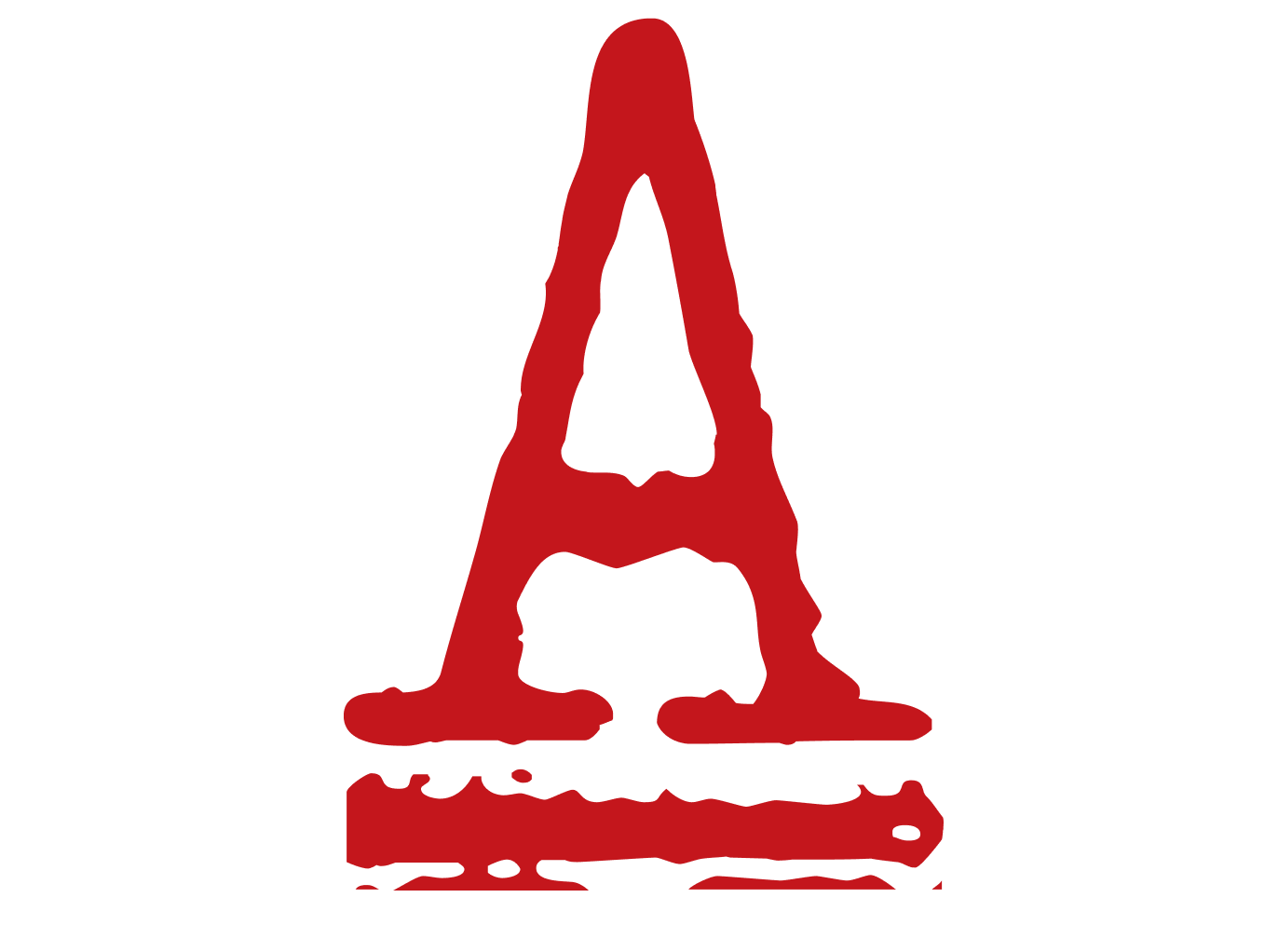On Tuesday, November 30, 1999, I was standing in downtown Seattle on 6th Avenue between Pike and Union – an unremarkable place amidst remarkable circumstances. Directly in front of me stood a reinforced line of police officers in full body armor, carrying truncheons, rubber bullet guns, and grenade launchers. All around me, hundreds of protesters packed into a human wall taking up half a block. And directly behind us in the middle of an intersection, at least another hundred people protectively surrounded a large wooden platform underpinned by metal pipes. Locked inside each pipe was the arm of an activist. Resolute and defiant, we were all there to shut down the World Trade Organization Ministerial meetings that were scheduled to begin that day.
“This is the Seattle Police,” an authoritative voice crackled through a loudspeaker. The rest was drowned out by the loud discharge from a grenade launcher and the disarming hiss of tear gas, punctuated by the shots of rubber bullets. Suddenly, we were scrambling, coughing, gasping, and crying. The police advanced, flanked by an armored personnel carrier. Yet, just as quickly as we dispersed, we returned – this time with bandannas on our faces and water for our eyes. We weren’t going to be moved so easily. And again, the face-off began. Such was the rhythm of the day.
Alone, this scene was inspiring. But what was truly remarkable was that we at that particular intersection were not alone. For blocks around us – stretching out of view and snaking around buildings – were thousands more people. There were blockades at every single intersection in the twenty blocks surrounding the Washington State Trade and Convention Center. In addition, many local students and workers were on strike that day, and the International Longshore and Warehouse Union had shut down the ports along the entire West Coast.


